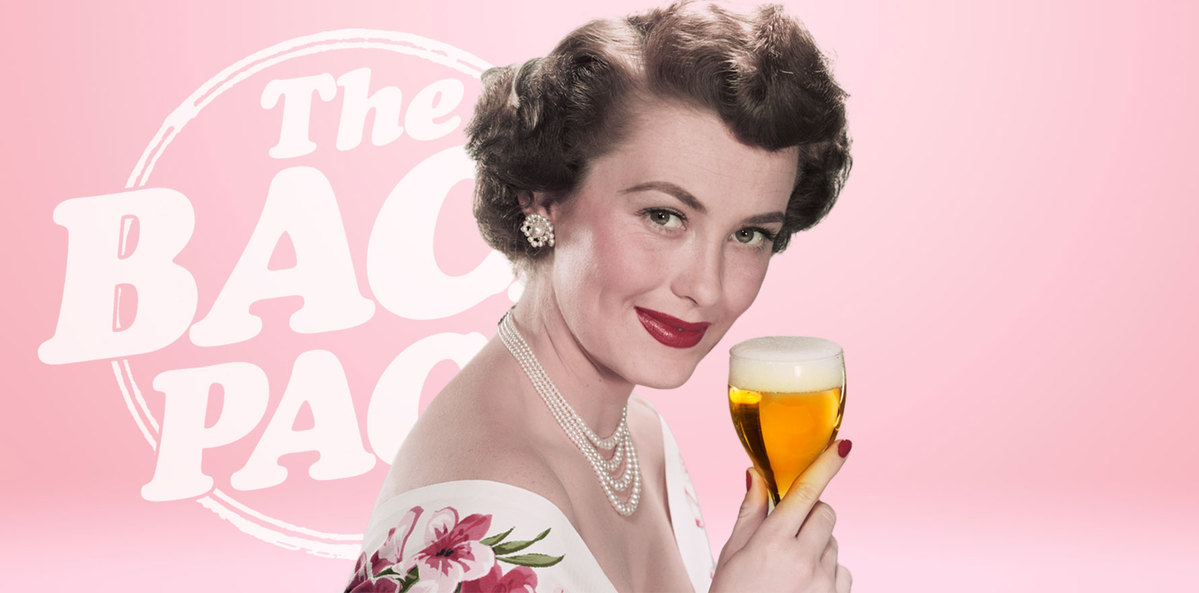Turns out people don’t look more attractive, you’re just more likely to try your luck with the ones that are.
We all know people get cuter after you’ve had a few drinks, right?
No, we don’t, apparently, no matter how many times we’ve heard it (and perhaps hoped it might apply to ourselves).
The authors of this new paper in the Journal of Studies on Alcohol and Drugs decided to test the strength of beer goggles and liquid courage effects by getting males in pairs, half on alcohol and half sober, to rate the attractiveness of 16 individuals in four visual displays: static-neutral, static-smiling, dynamic-neutral, and dynamic-smiling. Mood was measured before and after drinking.
Unlike in typical studies on the effects of alcohol on attractiveness, they say, the researchers told the subjects they would have a chance to meet the people they were rating in a future study, and asked which four targets they would be most interested in interacting with in that case. Teasing in the name of science.
They hypothesised: “a positive association between alcohol and PPA [personal physical attractiveness] … and that the association would be strongest (a) among raters with stronger sexual-desire alcohol expectancies; (b) when targets were a gender to which perceivers were sexually attracted; (c) for smiling versus neutral expressive images; and (d) for dynamic versus static images. We anticipated that individuals who reported more positive post-drink mood would provide higher PPA ratings. We also hypothesized that alcohol would enhance the likelihood of selecting to interact with more attractive targets.”
They took 36 young males of various sexual orientations with established drinking habits. They had to have “a nonromantic same-sex friend with whom they regularly drank who also would pursue participation”. That’s science for “wingman”.
In one session they were randomised to an alcoholic or non-alcoholic drink and not blinded as to which, then crossed into the other condition in session two. In this stunningly realistic simulation of a social drinking situation, “Participants received half of their beverage at Minute 0 and the other at Minute 18, such that they consumed the entire beverage across 36 minutes. They were asked to drink each half evenly over the 18 minutes.”
Contrary to expectations, “perceivers’ PPA ratings were similar between alcohol and control sessions”. None of the other hypothesised predictors of higher PPA came through either.
However, when it came to intentions to interact, alcohol came into its own. Those in the tipsy condition were 1.7 times more likely to pick the four most attractive target individuals than the controls, who played it safer: “After consuming alcohol, participants were more likely to prefer to interact with the most attractive targets than they were after having consumed control beverages.”
Booze, they conclude, dismantles the cognitive processes involved in anticipating a social threat, namely rejection from someone who’s frankly out of your league, mate. Liquid courage 1, beer goggles nil.
OK science, you think you’re so smart. Bet you can’t debunk Ernest Hemingway’s statement: “I drink to make other people more interesting.”
Send story tips to penny@medicalrepublic.com.au and she will behold your inner beauty.


